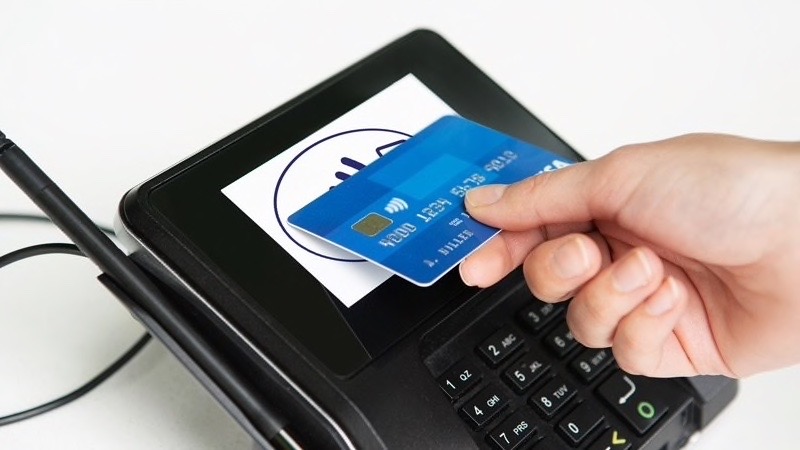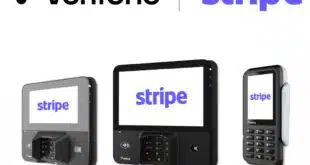Even though contactless credit and debit card transactions made by tapping a card against a point-of-sale device rely on the same standard as EMV dipped transactions, consumers have different impressions of the security benefits, a newly released study says.
Indeed, 81% of the 1,350 consumers surveyed for the “Emerging Trends at the Point of Sale” report released Monday by FreedomPay Inc. and Ingenico Group. have an overall positive impression of contact EMV payments, compared to only 59% for contactless EMV payments. Arlington, Va.-based Hanover Research conducted the survey for the report. It also canvassed more than 350 merchants.
The differing perspectives may be partly because of awareness. Only 37% of consumers said they were aware of credit and debit contactless payments. Merchant awareness, at 84% for debit contactless and 82% for credit contactless, was much higher.

“Our study reveals that consumers are choosing to use EMV credit and debit cards, largely because they are widely accepted and convenient to use,” the report states. Even with their high level of security and promise of ease, contactless EMV debit and credit cards and digital wallets (which don’t even appear in the top six list of payment methods consumers are aware of), have yet to make a strong showing, the report says.
As more merchants adopt contactless-enabled POS terminals and issuers get more contactless cards into consumer wallets, the opportunity for more contactless payments increases, the report says.
The distinguishing factor is age as only 51% of Baby Boomers said they were satisfied with contactless payments. In comparison, 70% of Generation Z consumers, the youngest adults, like contactless payments. Millennials, at 75%, were the most pleased. Sixty-six percent of Generation X consumers like contactless.
“As younger generations move into and through the market, their comfort with technology in general, which includes a less skeptical view of security than their older family and friends, is a key factor in helping shift merchants towards contactless,” the report says. “While older consumers are more likely to report that they’ve been using contactless payments longer, they also don’t use these cards as often or believe them to be as secure as the younger set.”
Younger consumers might propel contactless use and adoption the most, however. When asked if contactless acceptance was a must have, 65% of Gen Z respondents agreed. That’s in comparison to 47% of Millennials, 43% of Gen X, and 22% of Boomers.
Merchants can’t expect consumers to do all the work to increase contactless payments, the report says. Even cues such as the contactless symbol on POS signage and devices isn’t enough. “Consumers don’t always know the differences between payment type. They are quite comfortable with EMV chips to insert or slide the magnetic stripe, but they don’t readily know which retailers accept contactless payments or digital wallet payments,” the report says. They are unlikely to do their own research on all of their payment options, too.





